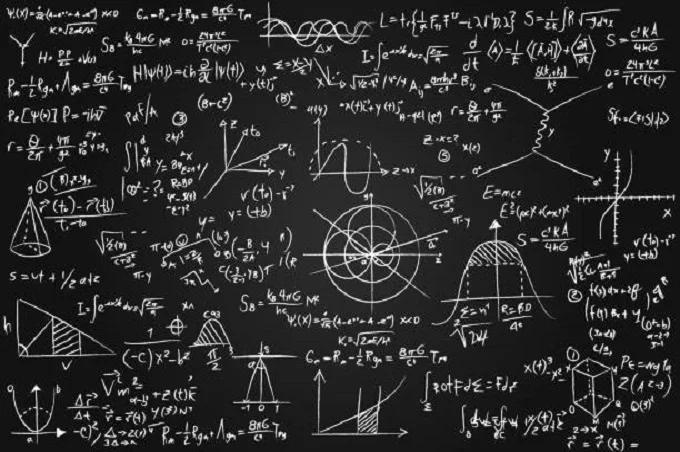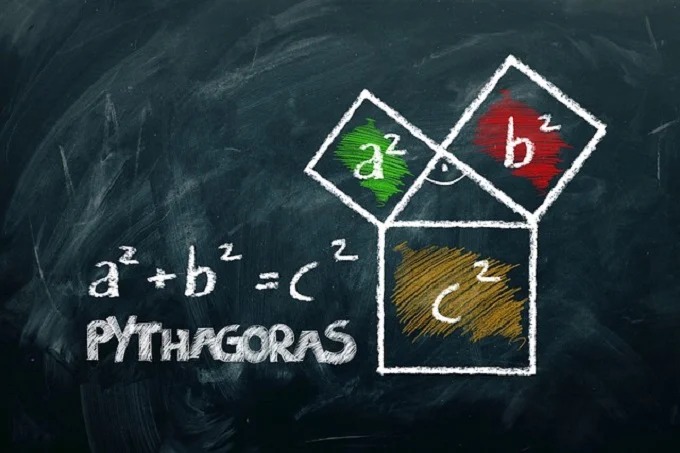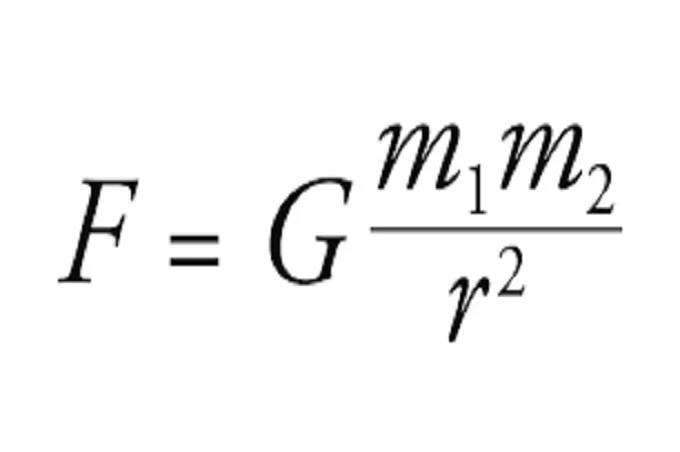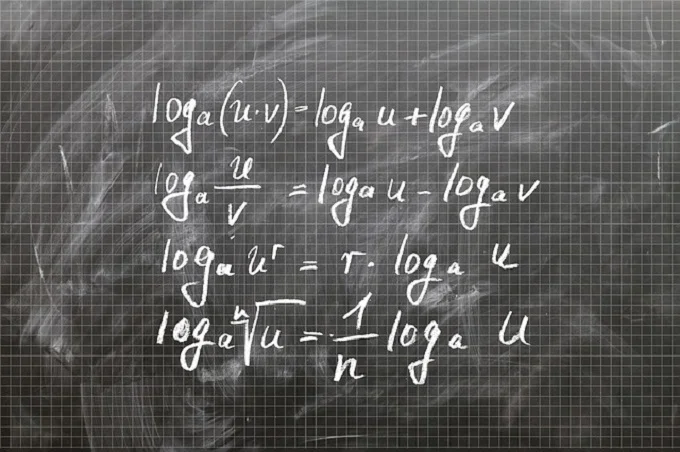Equations that changed the world

Science is a subject that most people find uninteresting in their daily lives. Looking at all of these figures, it’s hard to see what makes them unique. Mathematics, along with physics, is the most important subject since it unveils the mysteries of the universe.
We shall discuss equations that have affected the world in this post. And maybe, when you look at these numbers again, you will see them not only as a collection of symbols but as something that has helped humanity’s progress.
8 equations that changed the world
1. The Pythagorean theorem

The Pythagoras theorem states that in a right-angled triangle, the square of the hypotenuse is equal to the sum of the squares of the other two sides. This theorem can be expressed as c2 = a2 + b2; where ‘c’ is the hypotenuse and ‘a’ and ‘b’ are the triangle’s two legs. It is unlikely that anyone has not heard or seen this theorem, even if he did not study well at school.
It seems to be one of the simplest formulae, with a few symbols that do not cause the eyes to wet, yet it has had a significant impact on humankind. The Pythagorean theorem is employed in navigation, mapping, other important human sciences and architecture, and other technical fields. To get the latest stories, install our app here
It’s easy to tell where the Pythagorean theorem isn’t employed since it’s used in so many specific sciences. Despite the theorem being established millennia ago, it is still useful to humanity.
2. The second law of thermodynamics
The second law of thermodynamics says that entropy is always constant and increases in a closed system. To put it simply, in a system that is initially in an ordered uneven state, for example, hot next to cold, they will tend to equalize, that is, to stabilize temperatures until they become the same. Also, the equation says that every time energy is changed or moved, it becomes less useful. It doesn’t sound very clear if you don’t get it right.
It would seem, and what is this, and how did it change the world? And the fact that thanks to this law, the development of internal combustion engines, modern metallurgy, efficient electricity generation, and other areas of activity began.
3. Newton’s law of gravity

This method seems to be a bit more sophisticated than the last one, yet it has provided humankind with fewer advantages. Around 1666, Isaac Newton, one of science’s most illustrious figures, discovered this law and turned the world on its head with it.
The movement of various physical objects and phenomena could be better understood using this formula. Newton’s law also set the groundwork for more sophisticated scientific ideas like General Relativity and Quantum Gravity.
4. The Fourier transformation
French mathematician Jean-Baptiste Joseph Fourier formulated his equation of integrals in the early 19th century, but they are still used in science. In simple terms, Fourier transforms are needed to understand more complex wave structures, such as human speech, allowing a disordered function to be broken down into a combination of simple waves. This greatly simplifies signal analysis. To get the latest stories, install our app here
You encounter a Fourier transform every time you listen to music or a voice message, turn on the radio in your car, and so on. What areas does it benefit? For astronomy, acoustics, radio engineering, and others working with sound.
5. Logarithms

Perhaps the most hated formulas among schoolchildren because few people understand their essence and necessity. Maybe now the importance of logarithms is not so great, but in the past, before the advent of digital computers, they were the fastest way to multiply large numbers.
Well, and what is it, you ask, that they began to multiply faster? How did this affect the world? And so that now scientists could focus on translating their theories into reality and not on long and tedious calculations.
6. Mass-energy equivalence
We think you have heard about the equation of Albert Einstein, formulated by him in 1905, although it was proposed even before the famous scientist. It would seem that there is nothing special about it because it is much shorter than everything that is taught in mathematics, even in the humanities faculties. But with this concept, humanity has entered a new era. To get the latest stories, install our app here
Based on this formula, scientists study space, build particle accelerators, and try to understand the nature of the subatomic world. The concept has become so famous that it is one of the main symbols of science, along with the atom icon.
7. Maxwell’s equations

The British physicist, mathematician, and mechanic James Clerk Maxwell was very prolific in science, laid the foundations of modern classical electrodynamics, and introduced several physics concepts that are still used today. To get the latest stories, install our app here
One of the main works of Maxwell was a system of 20 equations describing the operation of electric and magnetic fields, as well as their interaction. Currently, Maxwell’s equations are a system of four equations that can be described in the following words:
- Electric charge is a source of electrical induction.
- No magnetic charges detected.
- The change in magnetic induction generates a vortex electric field.
- Electric current and change in electric induction generate a vortex magnetic field.
It looks like a Chinese letter for humanitarian minds, but believe me, without these four equations, you might not be enjoying the benefits of civilization now like computers, smartphones, and other electrical equipment, or at least they would look different.
8. Schrödinger equation
Many people know the scientist Erwin Schrödinger only from the “Schrödinger’s cat” thought experiment. But this Austrian scientist did much more for science than a simple thought experiment, deriving an equation that describes how the state of a quantum system changes over time and determines the behavior of atoms and subatomic particles in quantum mechanics. To get the latest stories, install our app here
This complex formula opened the way for humankind to nuclear energy, microchips, quantum computing, and other disciplines important for modern society.




